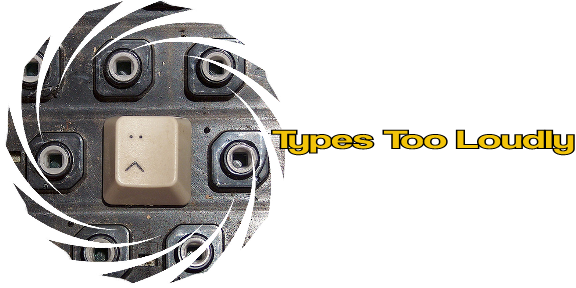It is not a new concept to criticize someone for "not seeing the bigger picture" but in most cases that bigger picture may only be reached by starting with smaller pieces of the whole. In Carnival, the exact opposite is the case. Individuals are given the bigger picture and told that in order to make it conform with the accustomed norms, they must destroy it into smaller pieces. Although this seems simple enough, there are more complexities here that are worth mentioning. For instance, the perforation implies the "book" has already been made weaker and it is assumed that it will be broken down after it is received. It is as if the book was constructed to stand out but never intended to remain as it was presented in original form. This echoes back the ideas of graffiti being only temporary and yet successfully commanding large amounts of time, effort, and risk on the part of the writers. Furthermore, each "page" consists only of four out of the total sixteen standard size pages. This seems contrary to my initial thought that the reader is allowed to begin with the full picture. It would seem that for the full picture to be offered initially, the entire book would have to be one page with further perforations. Even still, these perforations would seemingly imply that the pieces are distinct while it seems that the nature of this work is to suggest that they ought not to be.
The concept of "destroy" here is something which seems to demand my attention. Why destroy? What is it about separating the pieces that "destroys" the work as a whole? To me, it would seem some kind of negative connotations are intended but what I don't understand is why they are intended. Could the the text simply have used more neutral terms such as "deconstruct," or "disassemble?" Destroy seems to imply imposing a finite, irreversable end to the work. Personally, I don't see why the pages cannot be torn and taped back together. What would this take away from the piece that the original perforation did not?
The addition of the words "please" and "carefully" in the statement regarding the destruction of the book interests me as well. If someone is going to begin "destroying" something, why ask them nicely? Why ask them to do so carefully? It seems as though the destruction of the work is assumed inevitable but at the same time managable and subject to criticism. The inclusion of the statement mentioned provide that there is a preferred way of destruction which in turn implies there are wrong ways as well.


heavy... although you never quite agree with distressed jeans either...
ReplyDelete